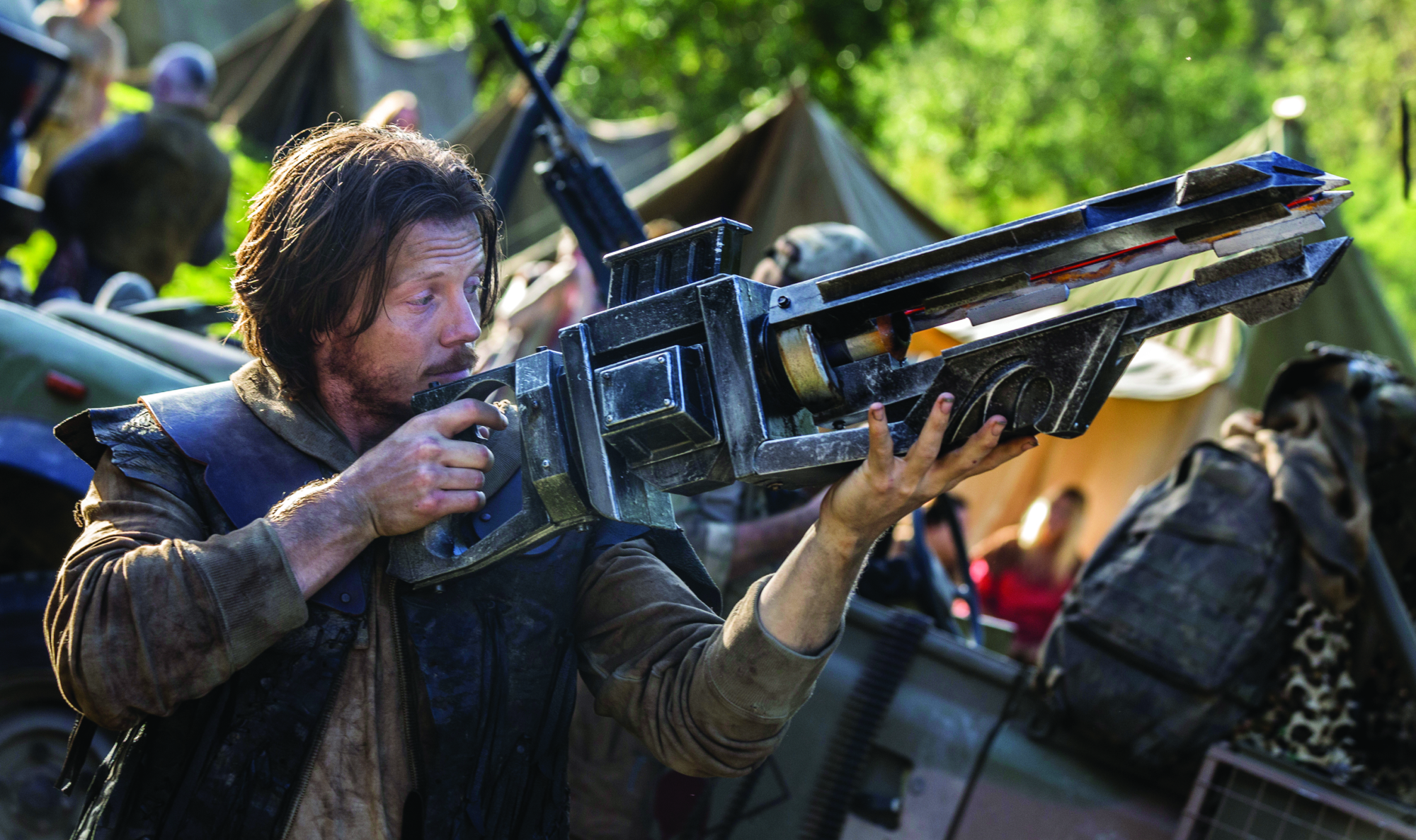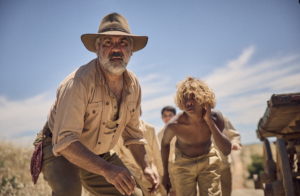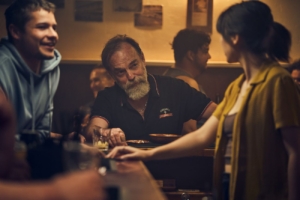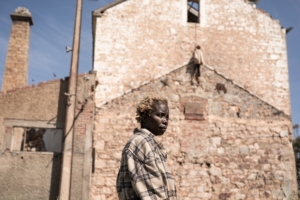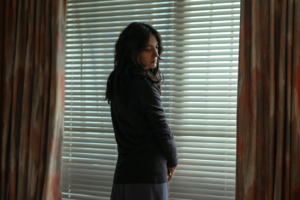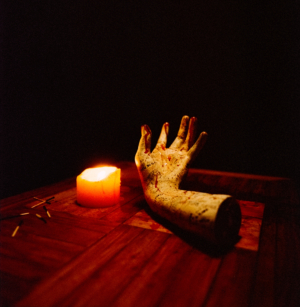Australian independent filmmaker Luke Sparke cut his directorial teeth with Queensland-shot creature feature Red Billabong (2016), about two brothers and their friends battling against an ancient urban legend. His second feature, Occupation (2018), is a different beast altogether: the film is an alien-invasion sci-fi thriller, which boasts a starrier cast, high-octane action sequences and superior production values. It even has a sequel already green-lit.
I speak to Sparke – who took on screenwriting duties alongside directing – and producers Carly and Carmel Imrie about learning curves, building creative confidence and the importance of collaboration in an independent production.
Oliver Pfeiffer: With its big action sequences and international ensemble cast, Occupation is quite a step up from your filmmaking debut. What gave you the confidence to up your game this time around?
Luke Sparke: Every filmmaker will say their first film is very difficult. The first one’s your hardest, but it’s also the one you’re always going to remember as your first, so I still have a soft spot for my intentions with Red Billabong – although it didn’t pan out the way I exactly wanted, for certain reasons. With Occupation, however, I put everything into the pot, as I was confident we could achieve that. I’ve always maintained a clear vision of what I want and Occupation is getting closer to that vision, so I think it’s just the budget catching up with my imagination.
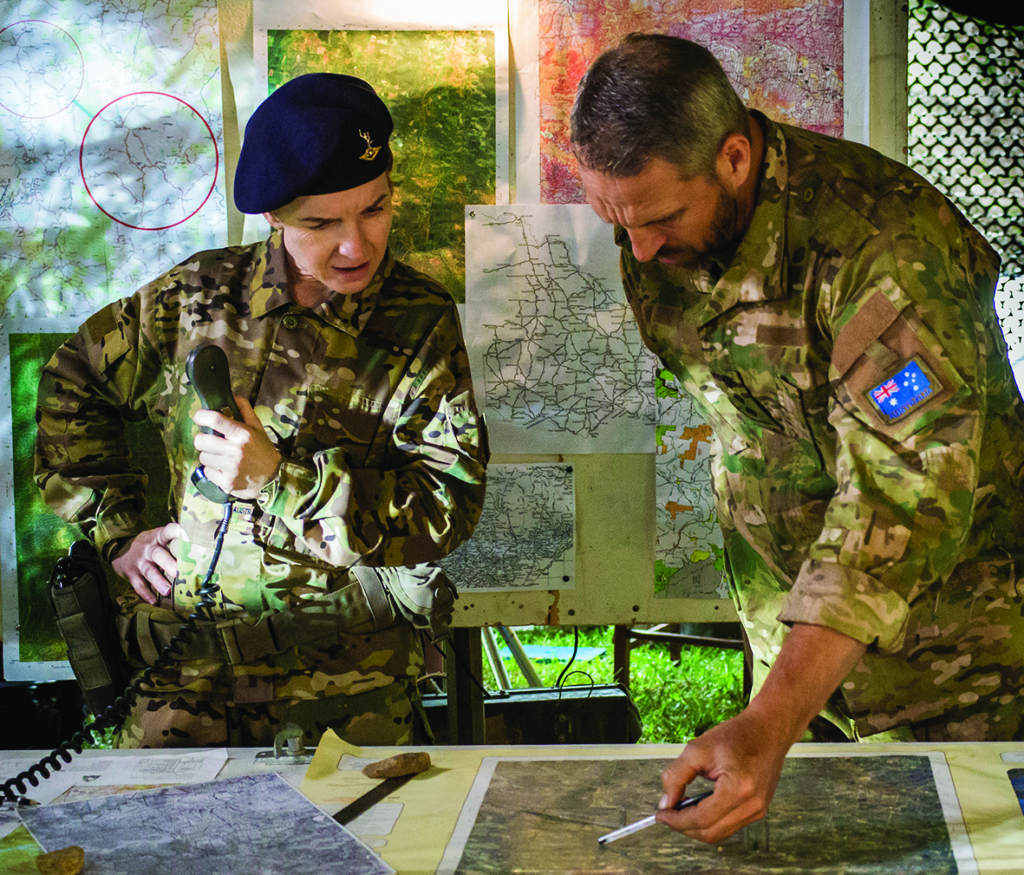
How much of a learning curve was Red Billabong?
LS: Huge! It was a massive learning curve. I’m not above myself to say I’m much more interested in visual storytelling, so I reached out to a couple of script editors and I got a dialogue editor [Ramsay De Marco][1]Occupation cast member Felix Williamson is also credited for ‘additional dialogue’. on board to polish it. I’m also not above myself to say dialogue was perhaps my weakest thing [while making] Red Billabong. I storyboarded most of [Occupation] and we had a great storyboard artist [David Russell], who started his career on [Star Wars: Episode VI –] Return of the Jedi [Richard Marquand, 1983] and also worked on Tombstone [George P Cosmatos, 1993][2]Russell further worked as an uncredited storyboard artist on Batman (Tim Burton, 1989) and conceptual illustrator on Terminator 2 (James Cameron, 1991), as well as a credited production illustrator on Moulin Rouge! (Baz Luhrmann, 2001) and storyboard artist on Pirates of the Caribbean: Dead Men Tell No Tales (Joachim Rønning & Espen Sandberg, 2017). and is a good friend of mine, so he came onboard and helped design some of the look of the film.
Billabong was a bit of a foray into mythology and action, with a little bit of horror in there, so, as soon as people saw it, they said, ‘It’s horror. We don’t do horror in Australia, so we’re not going to let you go in any cinema chains or anything like that!’ However, it wasn’t really horror. [Occupation] is going straight down the line: it’s action, it’s sci-fi and it’s got a really good heart for human characters, which keeps it grounded.
What are some of the criticisms you’ve received?
Carly and Carmel Imrie: We’re our biggest critics, to be honest. I sometimes watch [Red Billabong] and I cringe because I know that there are other things that I wish had just come into [our] heads and we’d committed to at the time […] Coming in [with Occupation], we did more pre-production before we started, so we were more prepared. We were first-timers on the first film – kind of like a deer in the headlights, in some ways – and we always look back and go, ‘Oh well, we’ll know for next time!’ We’ve learnt that you’ve got to go straight into it and keep the audience engaged and take them on the ride. We have also learnt to mitigate risk and know how to sort that stuff out straightaway.
‘I think filmmakers – whether they’re casting or directing or out there on set – should always be asking, “Is this the best possible way the character can go?” for the character, the story and the audience.’
Luke Sparke
You make some pretty bold choices with some of the characters in Occupation. Do you feel that more indie filmmakers should be unafraid of pushing boundaries?
LS: Totally, I don’t think any filmmakers should be afraid. But it depends whether you’re working on studio films, with lots of cooks in the kitchen and so forth. I’m lucky that this one is independent. A lot of people like to do ‘middle of the road’ – you get to that point where perhaps they’re not brave enough to do it, but at least they tried doing something; however, it ends up being a bit ‘meh’.
If you’re going to commit to something, you should go for it. I have made some bold choices with where characters end up, and I think filmmakers – whether they’re casting or directing or out there on set – should always be asking, ‘Is this the best possible way the character can go?’ for the character, the story and the audience.
C&CI: There are a lot of scenes that are going to shock people that we weren’t [originally] game enough to try because there were so many different elements that needed to come together for them to work. But it’s that ambition. I think everyone is going to be surprised by what we have managed to pull off, where we’ve done it and the time constraints we’ve done it with.
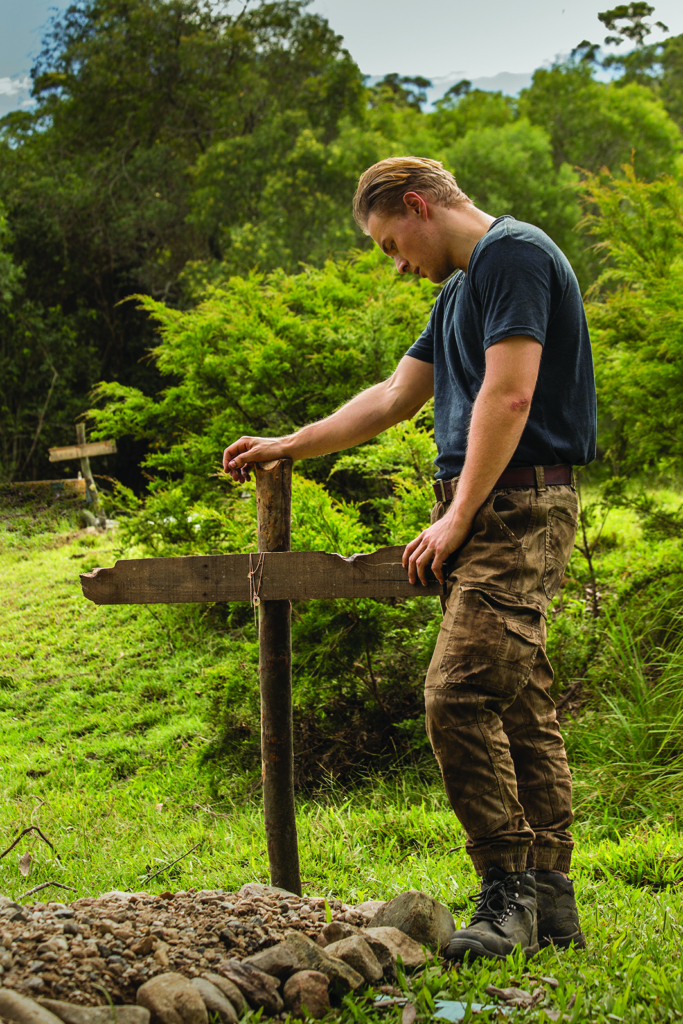
You’ve assembled quite an eclectic cast. How confident were you that you would secure such well-known and established actors?
LS: We spent a fair bit of time casting before we even announced the film. Most of them are first choices. I’ve always said that I’m a massive film and sci-fi fan, and sometimes I feel like I’m just casting to work with people I like. For example, Tem[uera] Morrison was up on the wall as my first choice but, in the back of my mind, it was like, ‘You’re not going to get him!’ But we did and he was fantastic to work with. Stephany Jacobsen, who I admired from Terminator: The Sarah Connor Chronicles and Battlestar Galactica, was the first person I ever thought of after writing the script. Again, people were like, ‘You’re not going to get Stephany Jacobsen!’[3]Other noteworthy cast members include Charles Mesure, Jacqueline McKenzie and Bruce Spence.
When I cast, I don’t really audition because I’m such a fan and know that person will deliver, as I’ve seen them in something else.
C&CI: I don’t know what it is, but the script just spoke for itself and the cast were just attracted to it. Once they all knew they were going to be working together […] it just translated to screen that it feels real – the friendships, the family feel to it, it’s all very organic.
Did you have to deal with any egos that led to demands during the shoot?
LS: No, there were no egos and everyone became a family pretty quickly. My first conversation with actors is that I’m an open book, and that I want to hear everything they want to say and work with them rather than shoving my dialogue down their throats. So everyone did and we had a big table read. I worked with them every day, but no-one ever asked for bigger shots or any of that kind of stuff – everyone just got in there and felt the scenes out […]
Obviously, working with people like Tem, who has such great film experience, he’s the sort of person that, when he comes over to me and says, ‘I really think that we should do this,’ I take it on board very seriously and make sure I listen.
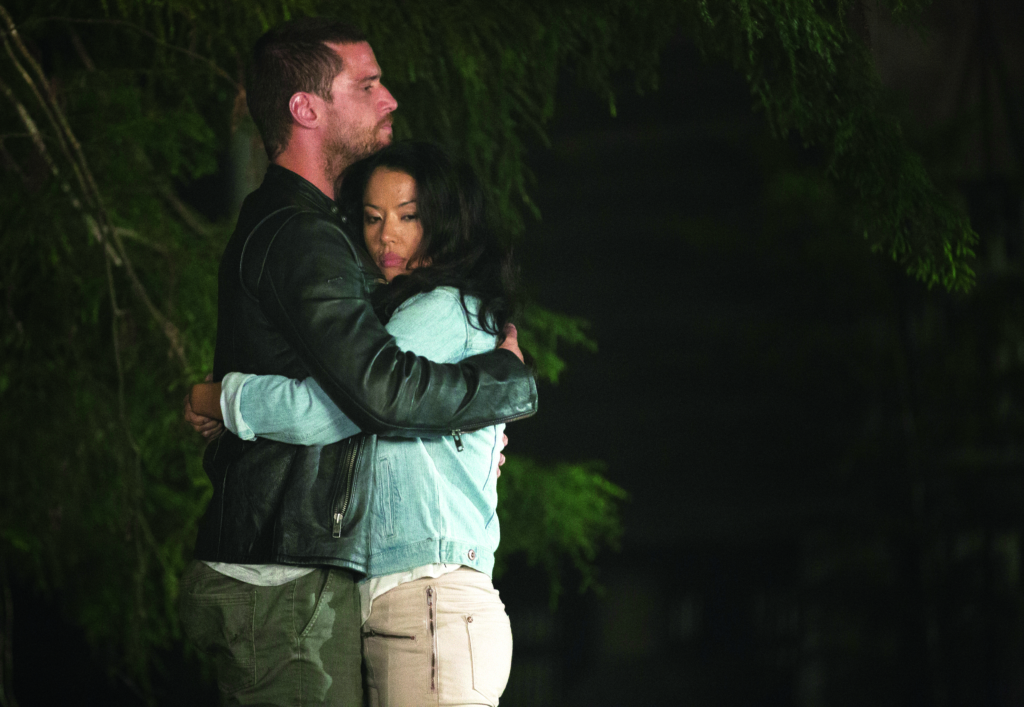
Tell me about the original cut – how much did you have to trim it down to secure a release?
LS: The original assembly cut was two hours and forty-five minutes, which we scaled down to two hours and five minutes before we took it to America. Then, when we came back, after some advice, we trimmed another fifteen minutes out of it.
When I took the film to America, that was the story I wanted to tell – so those last fifteen minutes were the character-driven stuff that always ends up somewhere on the cutting-room floor. It was sacrifices for pacing or action. No-one is ever going to tell me to cut an action scene!
What were the biggest changes from script to screen?
LS: Just little character changes here and there. One of the biggest changes was, while we were selling the film with presales over at Cannes last year, some notes came back […] Basically, I added the big finale with the helicopters, which wasn’t in the script. So that was built in the editing in post-production.
Compared to how you approached Red Billabong, you seem to be more consciously appealing to an international market.
LS: Yes, definitely very conscious of this. Having the backdrop in Australia […] people would say, ‘Just give them American accents so it appears they’re in America.’ But I said, ‘No, that’s not my style.’ I want to keep the Aussies in there. But we were definitely appealing to the internationals as much as we could.
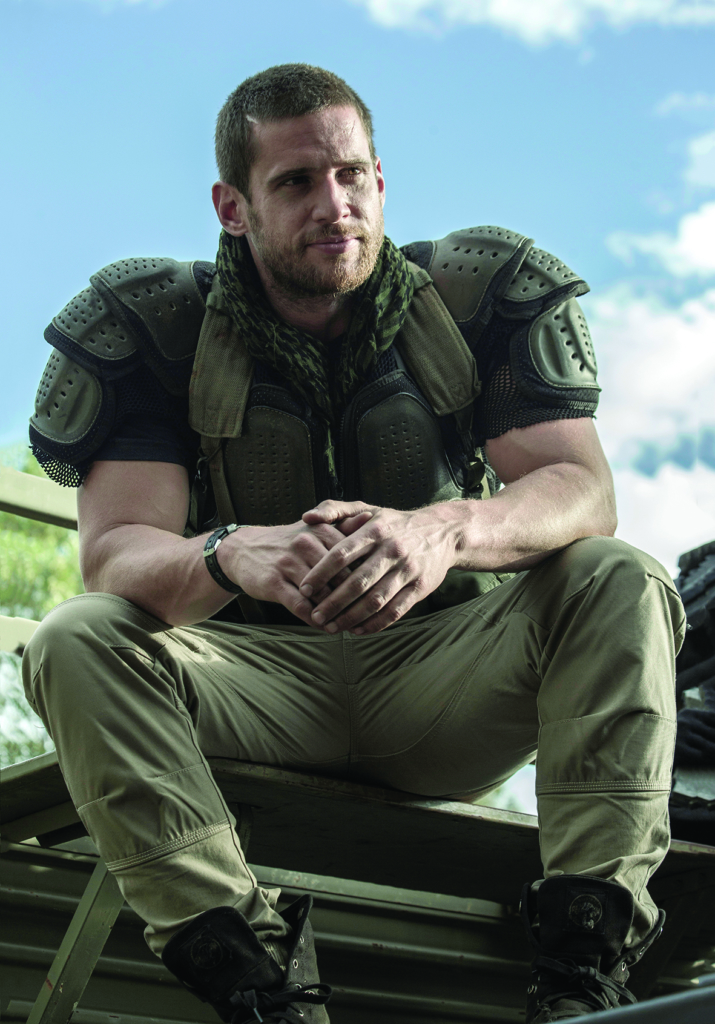
It’s very evident that you made Occupation to be seen on the big screen. How important is obtaining a broad cinematic release in ensuring that audiences get to see it the way you intended?
LS: I was trying to make it as cinematic as possible, especially with the sound design, which I think the guys did a really good job on – so all that goes into the image and experience. There’s something special about seeing the Australian landscape, the characters and all the action of the Australian Army on the big screen, so I was adamant that it had to be a cinema release.
C&CI: Red Billabong received a limited release [in cinemas]; we almost self-distributed, in a way, and actually called up cinemas to book it in. Overseas, we did okay and obtained a fair few [cinema] chains in China, Thailand, Japan […] so the Asian markets locked it. But, with Occupation, because it’s so universal the way it is with an international cast, etc., there’s obviously been a better chance of success.
What advice can you give other indie filmmakers aiming to draw in as broad an audience as possible?
LS: Every journey is different. My advice in getting the product out there is that you have to stay true to it and to your original vision. I think Australian indie films are going to a really good place, and I hope that the audience really starts backing [these films], as that’s what it comes down to. Someone could make a fantastic independent film, but that doesn’t guarantee it’ll get seen – which is unfortunate – unless the audience goes out and finds it.
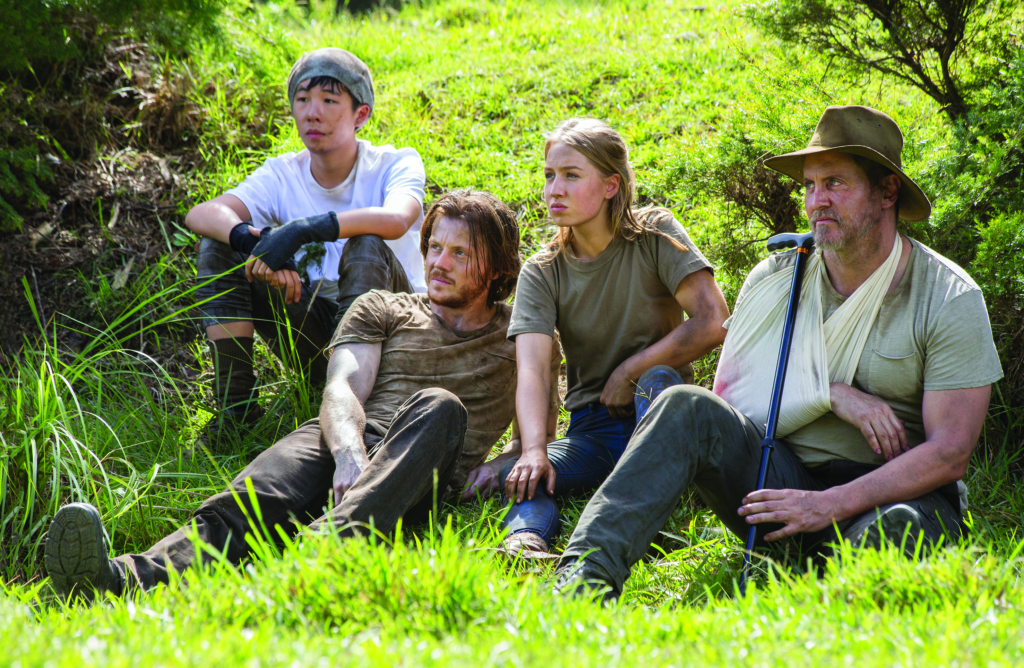
Remarkably, you had a sequel to Occupation green-lit before the original was even released. How did this come about?
LS: We’ve been working on that since last November, when we took Occupation to the American Film Market. But it wasn’t until I was editing the film that I fell in love with the possibilities of where we could go next, so I started building from there. It’s just lucky that the film finishes on a note where you could continue. It wasn’t until the ending that I came up with the whole grand ‘franchise’ of the entire thing. Now, I’m really passionate about it, and probably ‘Occupation 2’ is the most exciting film I’m going into because I went into the first Occupation, having come off my first movie, thinking, ‘I need to nail this – I need to get this right,’ and, ‘This needs to be the best it can be with the limited resources that I have.’ So, going into the sequel, I’m excited because of the possibilities of what it’s leading up to.
http://www.occupationthemovie.com
Endnotes
| 1 | Occupation cast member Felix Williamson is also credited for ‘additional dialogue’. |
|---|---|
| 2 | Russell further worked as an uncredited storyboard artist on Batman (Tim Burton, 1989) and conceptual illustrator on Terminator 2 (James Cameron, 1991), as well as a credited production illustrator on Moulin Rouge! (Baz Luhrmann, 2001) and storyboard artist on Pirates of the Caribbean: Dead Men Tell No Tales (Joachim Rønning & Espen Sandberg, 2017). |
| 3 | Other noteworthy cast members include Charles Mesure, Jacqueline McKenzie and Bruce Spence. |
